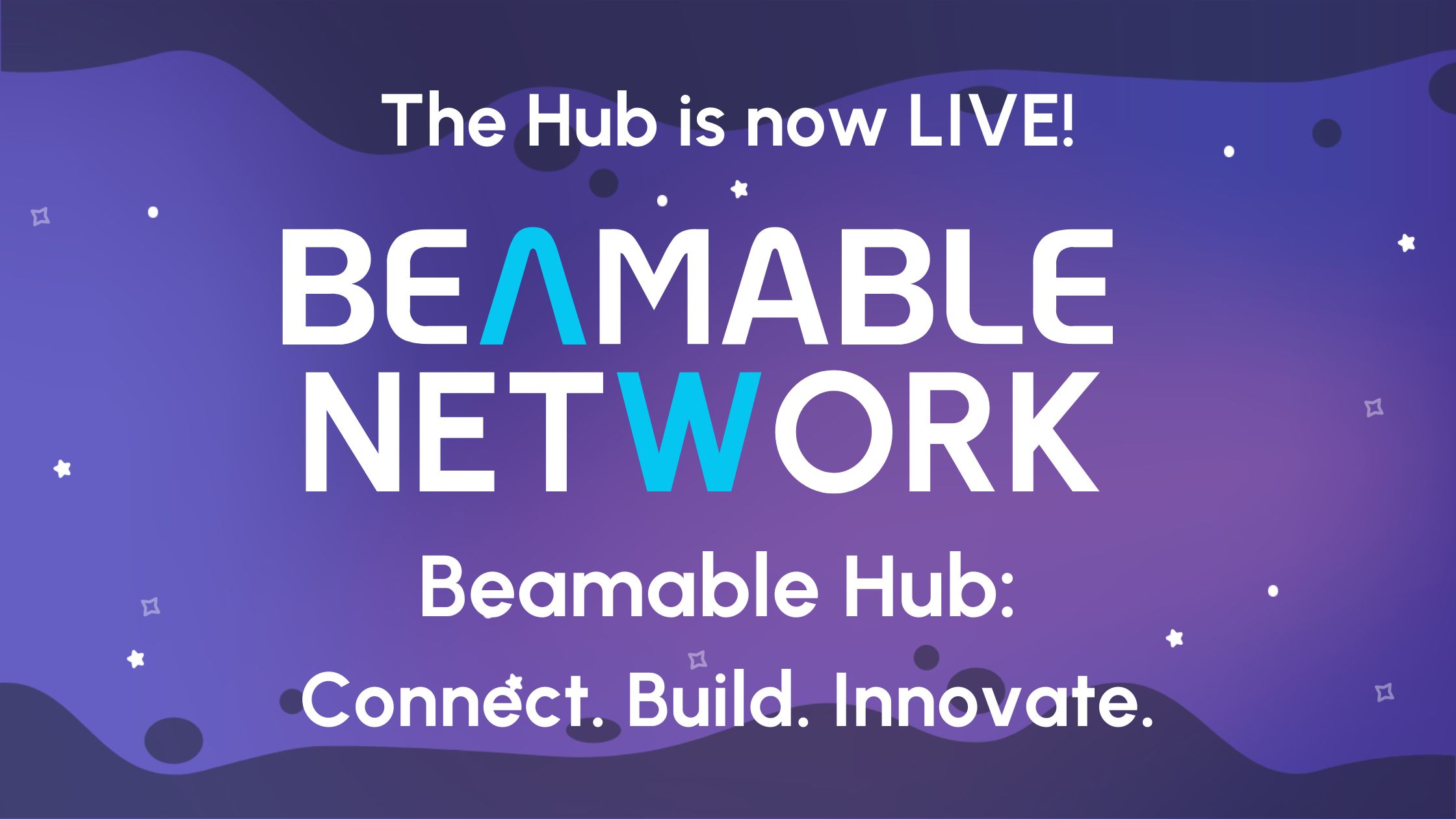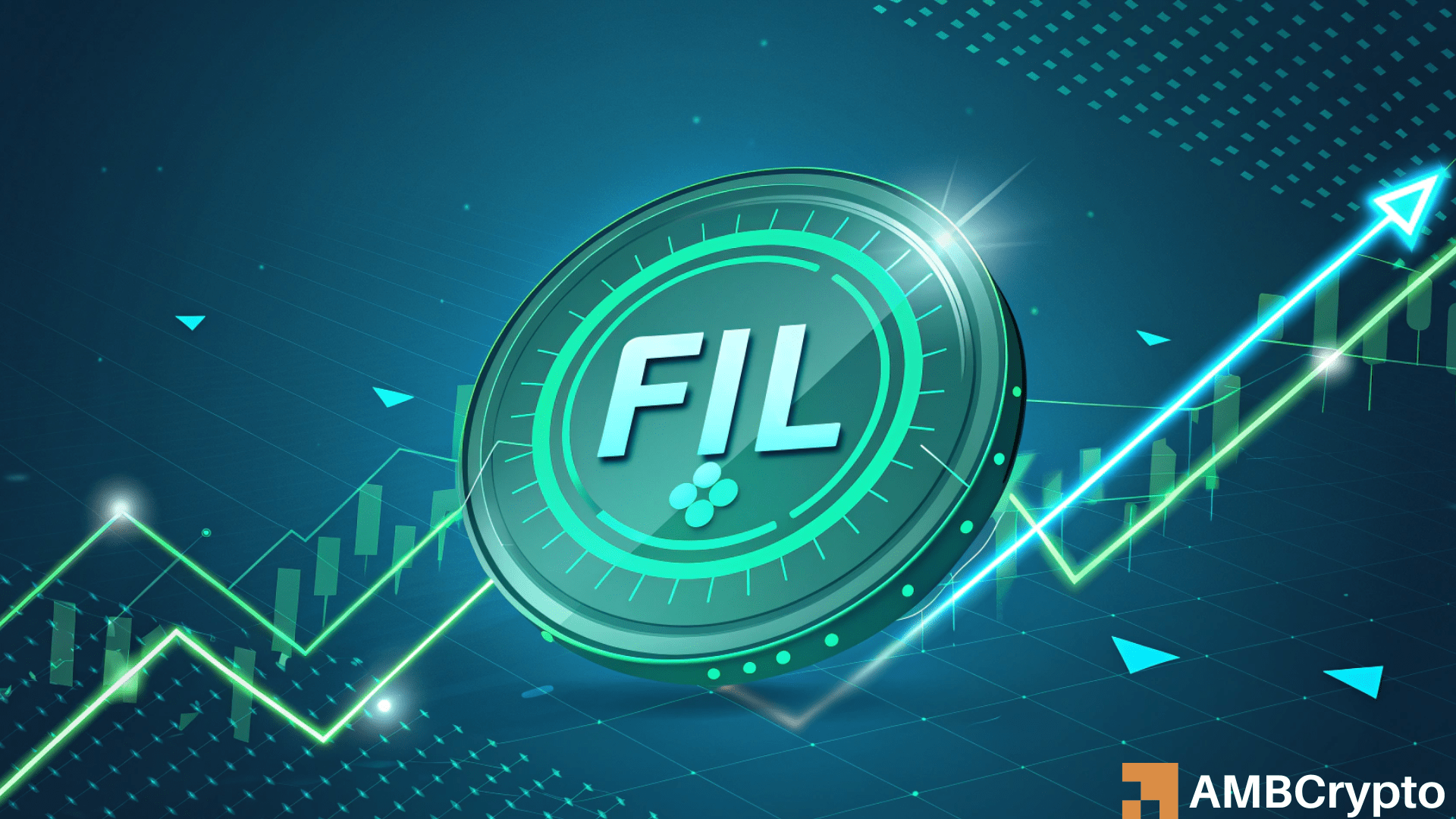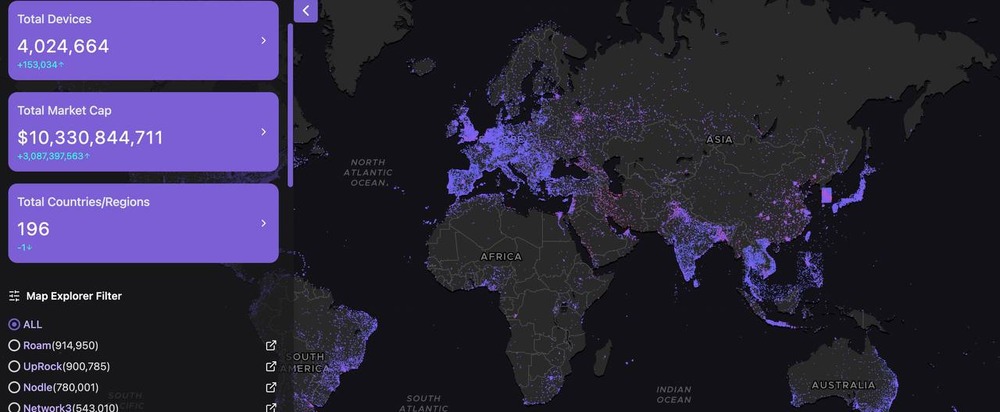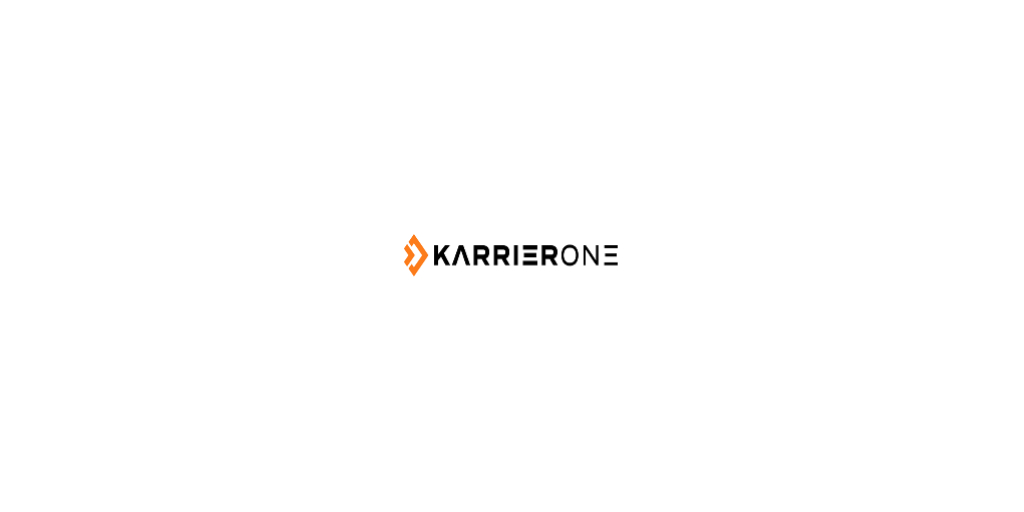Latest Deeper News

9 months ago
Introducing Beamable Hub: A Gamified Community for Decentralized Gaming
The Beamable Network is making significant strides in the gaming sector with the launch of Beamable Hub, a new gamified community platform aimed at uniting developers, node operators, and Web3 enthusiasts. This innovative hub is designed to enhance collaboration and innovation within decentralized game infrastructure, marking a pivotal shift in how communities engage with gaming technologies. By leveraging Decentralized Physical Infrastructure Networks (DePIN), Beamable Network is at the forefront of transforming traditional gaming frameworks into community-driven ecosystems.
Beamable Hub is not just another online forum; it incorporates gamification to create a dynamic and interactive experience for its users. Members can participate in missions and challenges to earn points, badges, and digital rewards, fostering a sense of achievement and competition. The platform features leaderboards to track progress, referral incentives to encourage network growth, and exclusive NFTs as rewards, enhancing user engagement. Additionally, the integration with popular platforms like Discord and Telegram ensures that community members can stay connected and active, regardless of their location.
The future of online communities is shifting towards gamification, as it promotes deeper loyalty and active participation. Beamable Hub exemplifies this trend by turning passive members into active contributors through rewards and challenges. This approach not only increases retention rates but also strengthens community bonds, making engagement more meaningful. As Beamable’s DePIN project continues to evolve, the Hub stands as a gateway to the future of decentralized gaming, inviting users to join and help shape the landscape of this exciting industry.

a year ago
Bitcoin Hits New All-Time High Amid Anticipation of Pro-Crypto Policies
Bitcoin (BTC) has reached a new all-time high (ATH) of $109,350 on January 20, 2025, driven by a surge in cryptocurrency markets ahead of Donald Trump's inauguration as the 47th President of the United States. The price increase, which saw BTC jump over 6% in early trading, comes amid growing expectations of pro-crypto policies from the incoming administration. Trump has indicated support for digital assets, including proposals for a strategic national Bitcoin reserve, which has fueled market enthusiasm. Tom Trowbridge, Co-Founder and CEO of Fluence, noted that the appointment of David Sacks as the 'crypto czar' signals a significant shift towards a supportive regulatory environment for cryptocurrencies.
The broader cryptocurrency market has also benefited from Bitcoin's rally, with Ethereum rising 3.5% and [XRP](https://www.mexc.com/how-to-buy/XRP) increasing by 2%. Chainlink has seen the most significant gains, climbing 15%. Despite reaching a new ATH, Bitcoin's price has faced resistance at previous highs, with key support levels identified at $104,000, $102,400, and $99,500. Analysts suggest that a drop below these levels could indicate a deeper correction, while movements above them may present buying opportunities.
In addition to Bitcoin's performance, the newly launched TRUMP token has made headlines, peaking above $70 before experiencing a correction. The token's launch was announced by Trump himself, further energizing the market. With Trump's pro-crypto stance, experts predict ambitious price targets for Bitcoin in 2025, ranging from $175,000 to $250,000, driven by factors such as institutional adoption and the upcoming halving event. As the cryptocurrency landscape evolves, the influence of political developments on market dynamics will continue to be closely monitored.

a year ago
Filecoin (FIL) Shows Potential for Bullish Reversal Amid Mixed Market Signals
Filecoin (FIL) has recently shown signs of a potential bullish reversal after breaking out of a falling wedge pattern on the 8-hour chart. At the time of writing, FIL was priced at $5.40, down 7.37%, raising questions about the sustainability of this bullish move. The immediate resistance level is set at $6.059, which must be breached for further gains. On the downside, a solid support level at $4.774 could prevent a deeper correction, but the market's overall sentiment remains cautious as traders exhibit hesitation following the breakout.
The funding rates on Binance for FIL are slightly positive at 0.01%, indicating a marginally bullish sentiment among traders. However, the lack of significant spikes in funding rates suggests a general absence of conviction in the market. For FIL to experience a meaningful rally, these funding rates need to increase, reflecting a rise in demand. Additionally, the social metrics for FIL are surprisingly low, with only 8 mentions recorded, indicating limited engagement from retail traders. This lack of social activity could hinder the potential for a market rally, as broader community interest is often necessary for sustained momentum.
Technical indicators present a mixed outlook for Filecoin. The DMI shows a slight bearish dominance, while the ADX indicates a weak trend. Furthermore, the RSI is at 49.05, suggesting neutral momentum. The recent decline in Open Interest by 5.79% to $324.7M signals reduced market activity and a lack of confidence among traders. For FIL to maintain its bullish trajectory, it will need to breach the critical resistance level, improve social metrics, and see a rise in funding rates and Open Interest. Without these factors, sustaining upward momentum may prove challenging.

a year ago
Roam Achieves Global Leadership in Hardware Node Count with Innovative WiFi Solutions
As of December 4, 2024, Roam has officially claimed the top position globally for hardware node count, as reported by DePINscan. Utilizing OpenRoaming™ technology, Decentralized Identifiers (DIDs), and Verifiable Credentials (VCs), Roam allows users to connect to WiFi without the hassle of multiple credentials or lengthy login processes. This innovative approach, combined with a robust community incentive mechanism and a free-to-use business model, has led to rapid user growth. Currently, Roam supports over 4 million OpenRoaming WiFi hotspots and 890,000 self-built nodes across more than 190 countries, boasting over 1.5 million registered users and an impressive average of 500,000 daily user interactions. The platform has successfully transitioned numerous traditional users into the Web3 ecosystem through its latest eSIM product, exemplifying mass adoption of Web3 applications.
Roam's user growth strategy is anchored in product design, integrating Roam WiFi connectivity and eSIM services. The token-incentive model encourages users to contribute to the network's development by validating WiFi nodes, attracting traditional users to collaboratively build the WiFi network. Roam's eSIM offerings include the Roam Global eSIM, which operates in over 160 countries with an innovative Top-up mechanism to prevent data wastage, and the Add-on eSIM, which provides access in regions lacking roaming services. The introduction of Roam eSIM has significantly increased traditional user participation, pushing app registrations past 1.5 million and expanding the network to nearly 5 million global WiFi access nodes.
Committed to establishing a next-generation global open wireless network, Roam employs a Physical Layer 1 (L1) approach to deliver a free, secure, and seamless user experience. By maintaining a location and time-based data ledger, Roam aims to enhance both supply and utilization growth through token incentives while promoting community-based management. This strategy reflects Roam's mission to cultivate a more open and diverse ecosystem, fostering long-term value for users. Transitioning from conventional reward systems to nurturing deeper relationships, Roam positions every user as a stakeholder in the network-building process, sharing benefits and creating transformative opportunities for the community. As a pioneer in the decentralized network landscape, Roam is set to revolutionize connectivity between devices, humans, and AI agents, paving the way for sustainable growth and a more interconnected digital future.

a year ago
Exploring the Intersection of Cryptocurrency and Consumer AI
In recent discussions about the intersection of cryptocurrency and consumer artificial intelligence (AI), a notable trend has emerged highlighting the potential for collaboration between these two rapidly evolving technologies. Over the past year, interest in this intersection has surged, leading to numerous project launches aimed at leveraging AI's capabilities within the crypto space. While traditional consumer AI applications have become more intuitive and accessible, the crypto sector still grapples with the need for engaging consumer-facing applications that can effectively utilize blockchain technology. The current landscape presents a unique opportunity for developers to create innovative solutions that combine the strengths of both fields, particularly in areas like gaming, content generation, and personalized user experiences.
The traditional consumer AI market has seen significant growth, with content generation tools leading the charge. Reports indicate that these applications account for a substantial portion of the most visited consumer AI products. Notably, the recent a16z report and Y Combinator's latest cohort highlight the ongoing evolution of consumer AI, with many new projects emerging in categories such as productivity, gaming, and edtech. However, the crypto sector remains relatively underdeveloped in terms of consumer applications, with only a small fraction of projects effectively integrating AI and blockchain technology. This gap presents a ripe opportunity for builders to explore innovative applications that cater specifically to the needs of crypto users, enhancing their experience and engagement with digital assets.
As the landscape continues to evolve, the potential for AI to enhance crypto applications is becoming increasingly apparent. By harnessing AI's ability to personalize user interactions and streamline processes, developers can create compelling consumer applications that not only drive user engagement but also foster a deeper understanding of blockchain technology. The integration of AI into crypto projects could unlock new avenues for monetization, incentivization, and user participation, paving the way for a new wave of consumer applications that redefine how individuals interact with digital assets. As both technologies mature, the collaboration between crypto and consumer AI holds the promise of transforming the digital landscape, offering exciting opportunities for innovation and growth in the coming years.

a year ago
Bittensor's TAO Faces Bearish Pressure Amid Market Weakness
Bittensor's native token, TAO, is currently facing significant challenges as it trades near a critical support level historically associated with price rallies. Recent market analysis indicates that TAO has underperformed across various timeframes, suffering a notable 14.22% drop on a monthly scale. As of the latest trading session, TAO opened with a sharp decline of 5.05%, confirming its ongoing downtrend. The broader market weakness appears to be a key factor contributing to this price slide, leaving TAO vulnerable to further declines. Traders are now closely monitoring the critical support level of $488.4, which has previously acted as a launchpad for price reversals. Should TAO manage to hold this level, a potential rally to $682.2 could be on the horizon. However, failure to maintain this support could lead to deeper declines, with initial downside targets set at $403.4 and a more severe drop to $355.8 if selling pressure escalates.
Market sentiment surrounding TAO has shifted decidedly bearish, as indicated by recent analysis from AMBCrypto using Coinglass data. In the past 24 hours, TAO's Exchange NetFlow has turned positive, suggesting that more tokens are being deposited into exchanges than withdrawn. This trend typically signals potential sell-offs, as traders prepare to offload their holdings. At the time of writing, over $3.90 million worth of TAO had been deposited, likely with the intent to sell. Additionally, the market has seen significant long liquidations, with $295.62K worth of long positions closed compared to only $9.59K worth of shorts, reflecting a growing pessimism among market participants.
Technical indicators further confirm the bearish outlook for TAO. The Moving Average Convergence Divergence (MACD) has formed a “death cross,” a bearish signal indicating a decline in momentum. This pattern, along with the Bull Bear Power indicator, highlights the dominance of sellers in the market. The increasing red momentum bars on the Bull Bear Power indicator suggest that sellers are currently in control, reinforcing the bearish sentiment. Overall, the combination of negative market sentiment and technical indicators suggests that TAO may continue to face downward pressure in the near future.

a year ago
Karrier One Advances Global Connectivity with Strategic Blockchain Initiatives
Karrier One, a prominent player in telecommunications, is enhancing global connectivity through three key initiatives: the integration of SCION services, the establishment of a validator node on the Sui network, and the adoption of the Walrus decentralized storage protocol. With operations spanning Canada, the USA, Europe, and Africa, and plans for expansion into Asia, Karrier One is positioning itself at the forefront of innovation in the telecommunications sector.
The integration of SCION (Scalability, Control, and Isolation On Next-Generation Networks) services aims to bolster the security and performance of Karrier One's global infrastructure. This cutting-edge technology enhances network control, providing robust protection against cyber threats and ensuring reliable connectivity. Adrian Perrig, a key figure behind SCION, emphasized that this deployment establishes Karrier One as a leader in the Web3 communication space, addressing the pressing need for reliable network solutions in the ecosystem.
In addition to SCION, Karrier One's establishment of a validator node on the Sui network signifies a deeper commitment to decentralized technology. This move will not only enhance security across both networks but also enable Karrier One to earn staking rewards, further advancing its protocol. The adoption of the Walrus Decentralized Storage Protocol aligns with Karrier One's vision for improved data security and accessibility, allowing users greater control over their information while reducing reliance on centralized data centers. Through these initiatives, Karrier One is poised to revolutionize global telecommunications, creating a secure and decentralized network that empowers users worldwide.

a year ago
Polygon's Investment in EMC Boosts AI and DePIN Sectors
Polygon Ventures and Amber Group co-led a funding round for Edge Matric Chain (EMC), a project focusing on decentralized AI applications. EMC plans to launch a Layer-1 blockchain for AI, enhancing GPU computing capabilities. The investment will introduce a new asset class in decentralized finance, backed by tokenized GPU resources. This move signifies Polygon's deeper expansion into AI and DePIN sectors. The rise of AI and DePIN is a top trend in 2024, with projections of adding $20 trillion to global GDP by 2030. UAE firms have launched a $500 million fund for DePIN and AI development, while Vitalik Buterin sees DePIN as crucial for DeFi. The market capitalization of DePIN is nearing $19 billion, with projects like Render and Bittensor leading the way.

a year ago
Nodle and Lens Protocol Collaborate to Enhance Verified Content Distribution
Click, a mobile app utilizing the Nodle Network, is set to combat misinformation by enabling users to capture and publish authenticated content. It has partnered with Lens Protocol, an open social platform that promotes content ownership. This collaboration introduces a 'Share to Lens' feature, allowing 'Deep Reals'—photos and videos with digital authenticity proofs—to be shared on the Lens decentralized social web. The integration facilitates the distribution of verified media, enhancing its reach and engagement. Users can verify the authenticity of content captured with Click, ensuring it is not AI-generated or altered, and maintain ownership as it is shared on Lens. The partnership aims to deter misinformation in the digital age, especially amid the surge of generative AI. Both Nodle Network and Lens Protocol are looking forward to deeper integration with the Elastic Chain, a ZK rollups network powered by the ZK Stack, for advanced content distribution and user profile interoperability.
Signup for latest DePIN news and updates